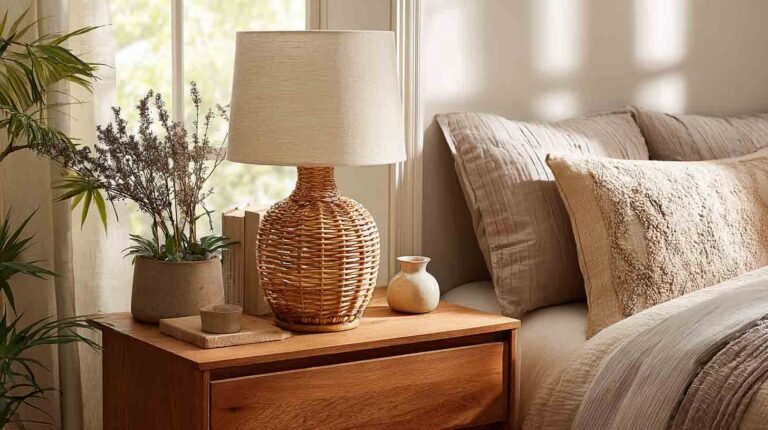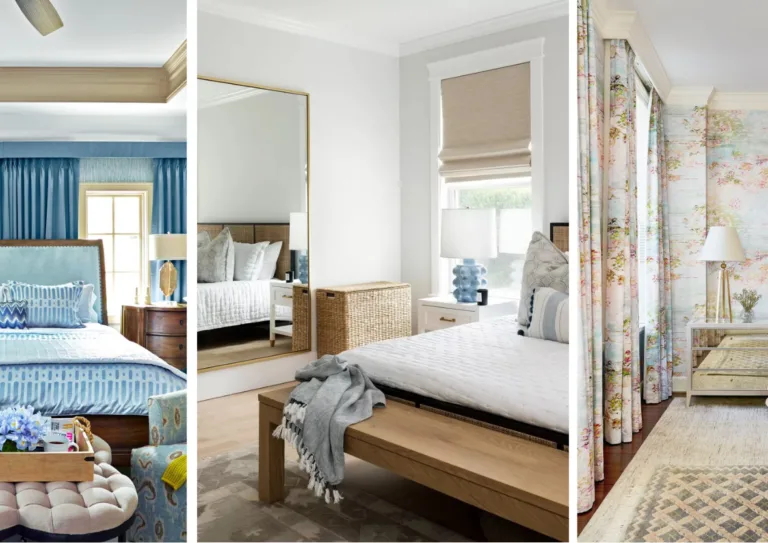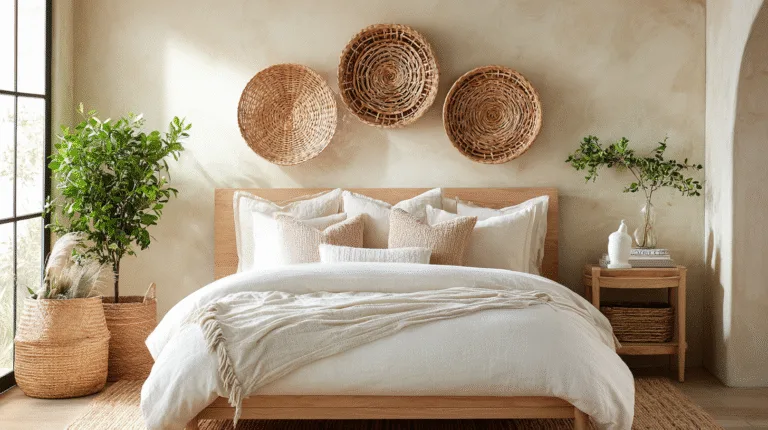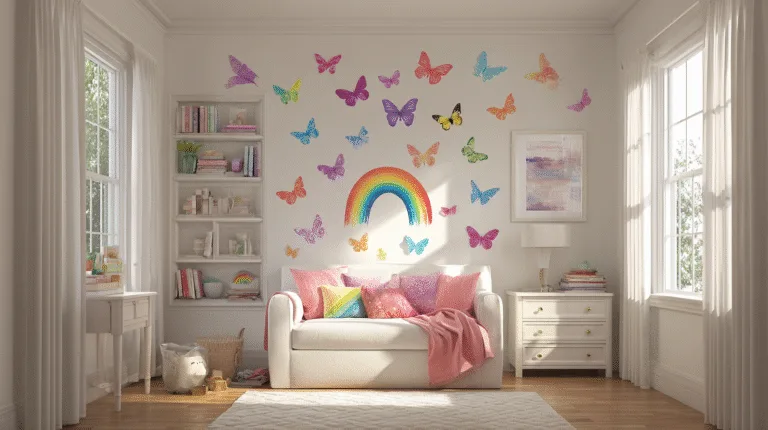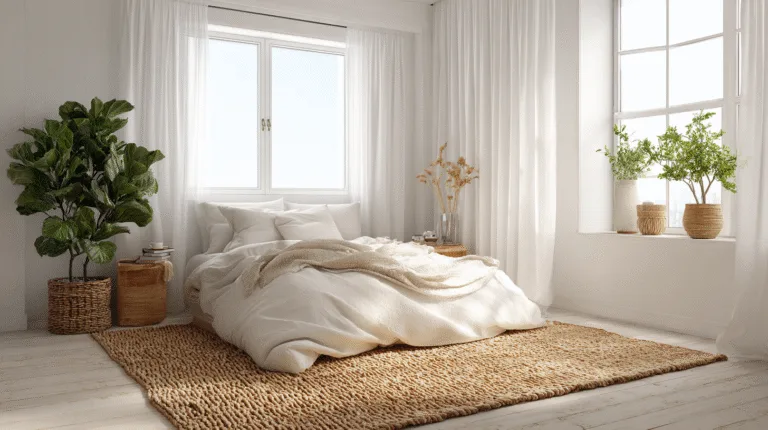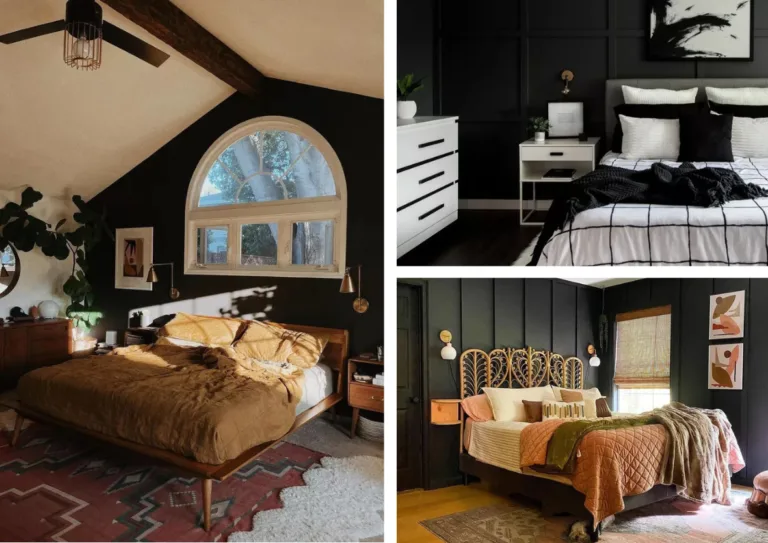9 Best Paint Colors for Kids’ Room That Spark Creativity & Calm
Choosing a paint color for your kid’s room can feel like standing in front of a 100-shade rainbow and not knowing where to start.
Been there, trust me. You want something fun, playful, calming, but not boring, and most importantly, something your little one will love too.
I remember trying to pick a color for my niece’s room. She wanted “princess pink,” her mom wanted “something subtle,” and I was just trying to keep the peace with a swatch in each hand.
But here’s the thing, the right paint color sets the mood. Whether you’ve got a toddler or a teen, it’s not just about aesthetics. It’s about how that room feels.
Let’s walk through the 9 best paint colors for kids’ rooms that are stylish, age-flexible, and full of personality.
1. Lavender: Calming with a Hint of Magic
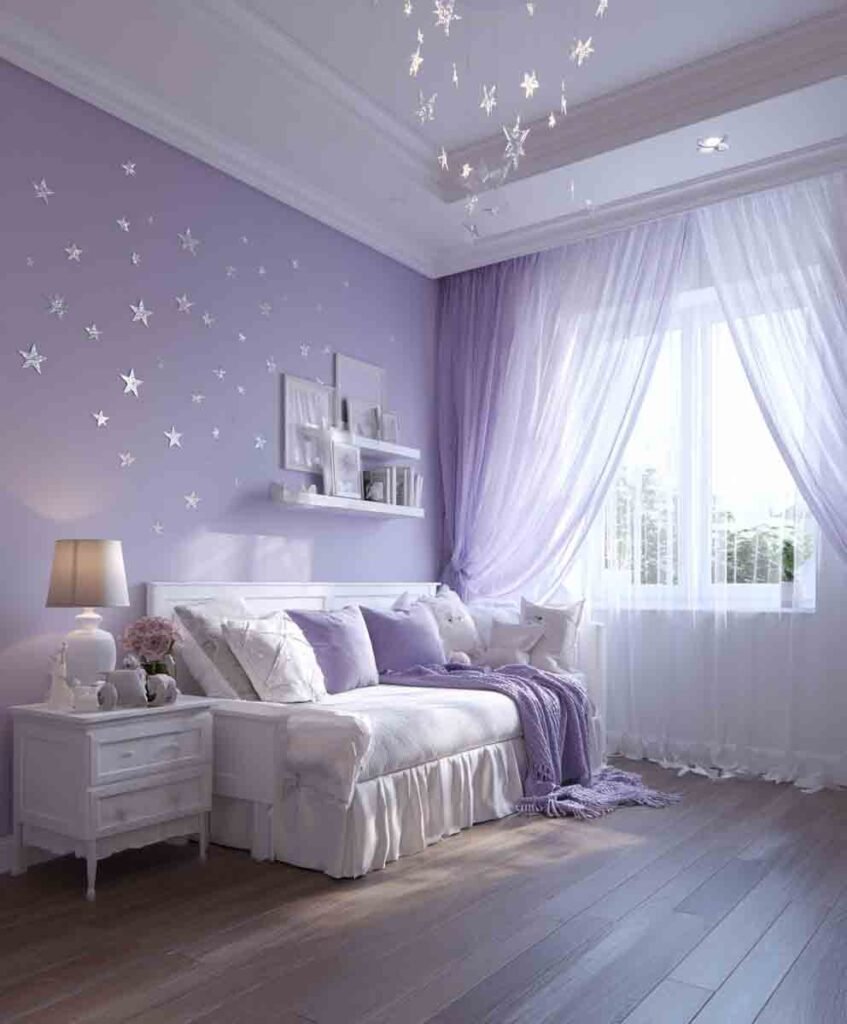
Lavender is like that gentle whisper that says, “Let’s chill.” It’s soft, it’s dreamy, and it works beautifully in both boys’ and girls’ rooms.
I painted a lavender feature wall in my goddaughter’s room, and wow, it instantly turned her tiny space into a fairy tale.
- Best for: Nurseries, toddlers, or kids who love a calming, whimsical feel.
- Design tips:
- Pair with white or light grey furniture for a breezy look.
- Add sparkle with silver star decals or sheer curtains.
- Mood impact: Promotes relaxation and better sleep.
Pro Tip: Try a muted or gray-toned lavender if you want something that’s a little more “grown up.”
2. Sky Blue: Like a Clear Day, Every Day
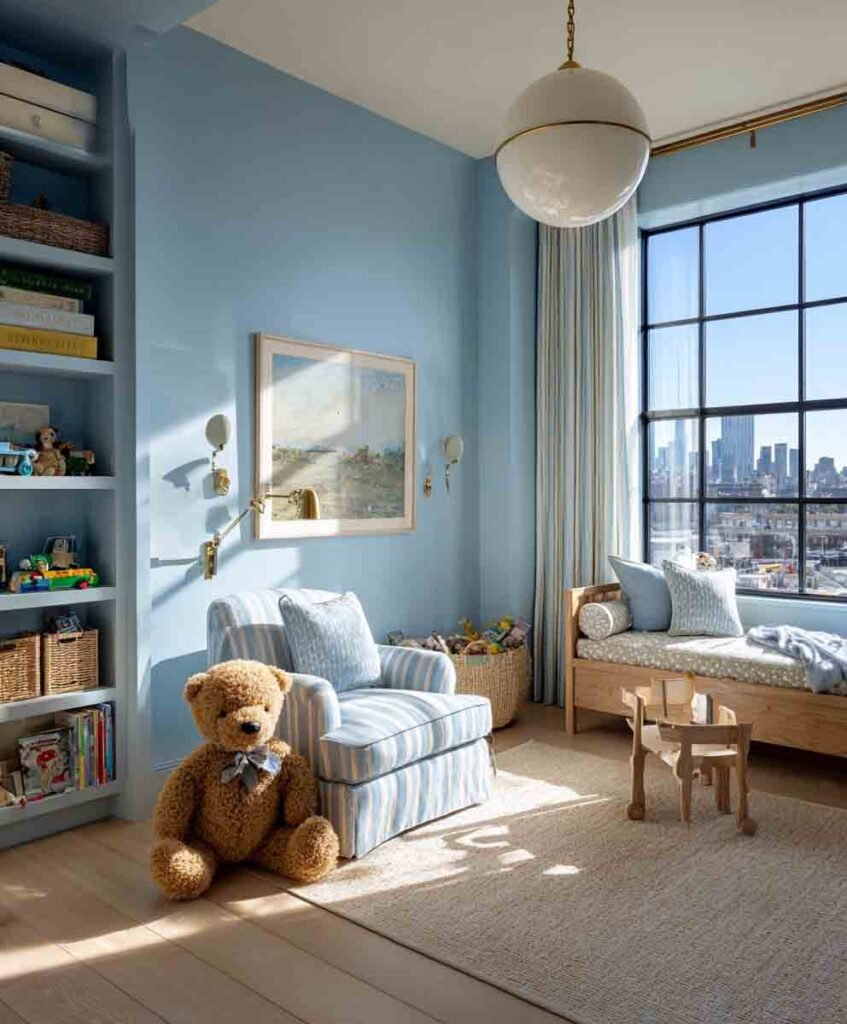
There’s something so uplifting about sky blue. It’s light, happy, and incredibly versatile. It makes rooms feel bigger and brighter, perfect for smaller spaces.
One of my favorite playrooms ever had sky-blue walls with fluffy cloud decals. So cute. And the kids loved it!
- Best for: Active kids who need a calm but not sleepy vibe.
- Design tips:
- Mix in cloud motifs, light wood tones, and pops of white.
- Works well with nautical or airplane-themed rooms.
- Mood impact: Promotes focus, calmness, and creativity.
Bonus: This one’s a favorite for shared rooms, gender-neutral and timeless.
3. Mint Green: Fresh, Light, and Uplifting
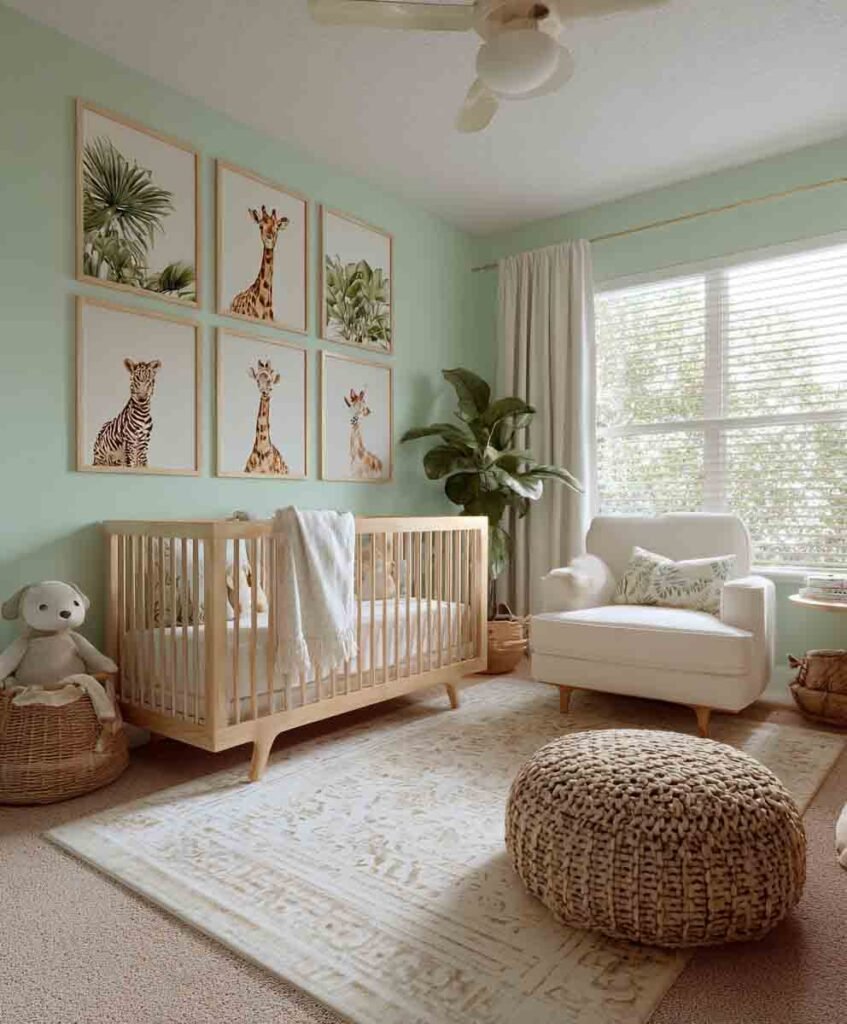
Mint green has this gentle energy that’s equal parts refreshing and soothing. It’s one of those underrated colors that feels right for all ages.
A friend of mine used mint for her baby boy’s room with little jungle prints, adorable. It also grew well with the space as he turned three.
- Best for: Parents who want something light but not too “babyish.”
- Design tips:
- Pair with natural wood, white linens, or forest-themed decor.
- Add texture with a cozy knit rug or wall art.
- Mood impact: Helps create a peaceful, uncluttered space.
Hot Tip: Try soft sage green if you want a slightly earthier version.
4. Blush Pink: Sweet but Not Too Sweet
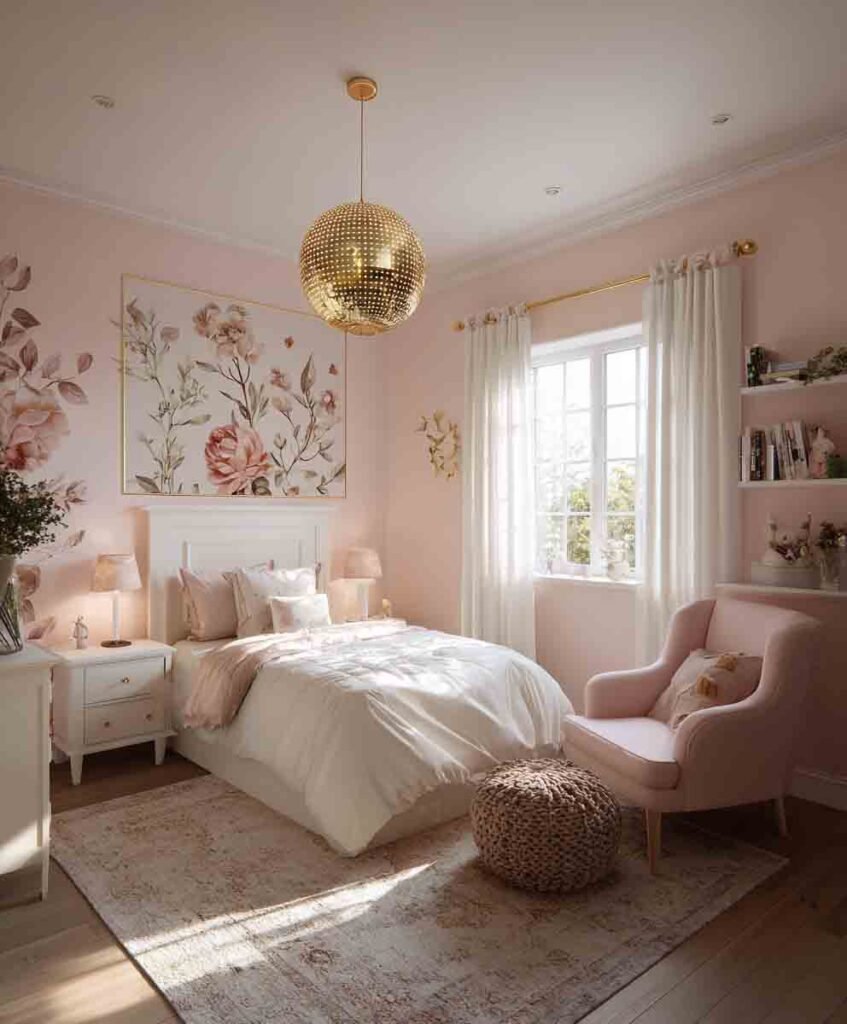
Blush is the new pink. It’s soft, stylish, and doesn’t scream “Barbie dream house.” I personally love blush for rooms that need a bit of warmth and comfort without going overboard.
I used it in a craft nook once and couldn’t stop staring at the wall (in the best way).
- Best for: Girls’ rooms, reading nooks, and cozy corners.
- Design tips:
- Pair with gold accents, creamy neutrals, or botanical prints.
- Works well with minimalist Scandinavian-style furniture.
- Mood impact: Gives a soothing, nurturing vibe.
Pro Styling Tip: Blush + sage green = a dreamy color combo.
5. Warm Yellow: Sunshine in Paint Form
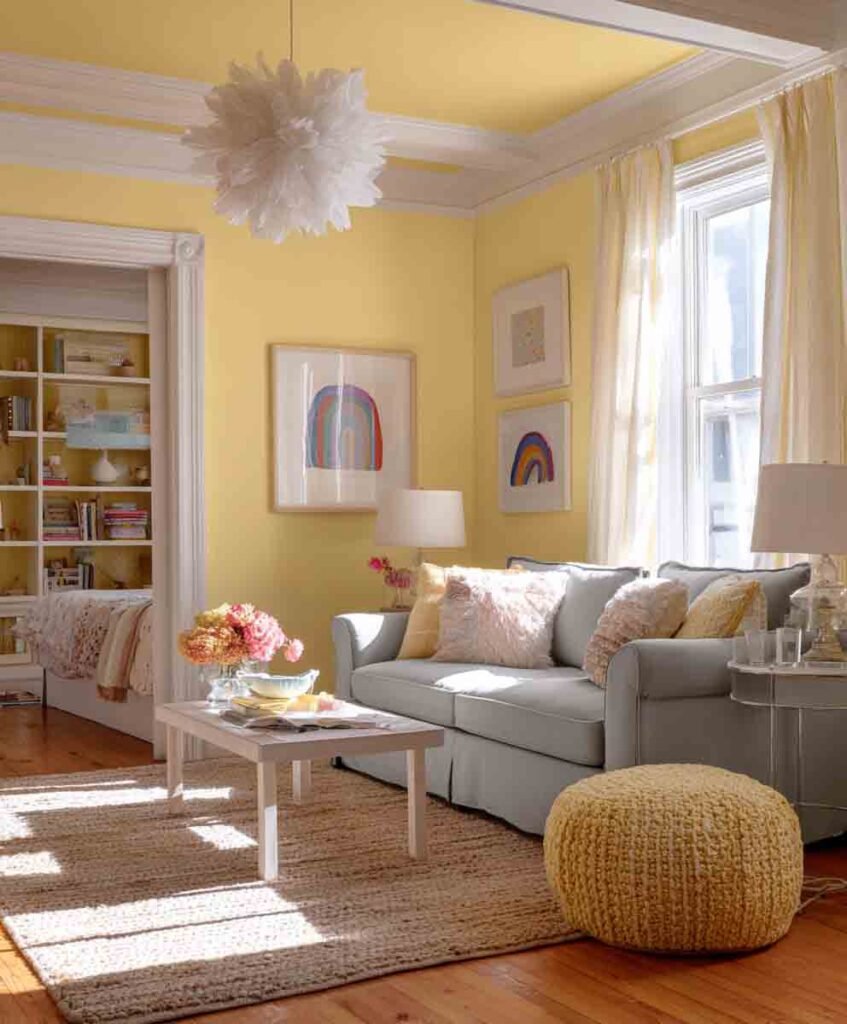
Yellow gets a bad rep sometimes, but hear me out, soft, warm yellows are total mood-lifters. Think buttery tones, not neon.
A buttery yellow wall in my neighbor’s twin nursery looked like sunshine on a cloudy day. Not too bright, but oh-so-cheerful.
- Best for: Rooms that don’t get a lot of natural light.
- Design tips:
- Pair with white trim and soft grey or tan furniture.
- Use sun, star, or rainbow accents to carry the theme.
- Mood impact: Creates optimism, warmth, and energy.
Avoid: Harsh, mustardy yellows, they can feel overpowering in small rooms.
6. Soft Gray: Understated but Totally Chic
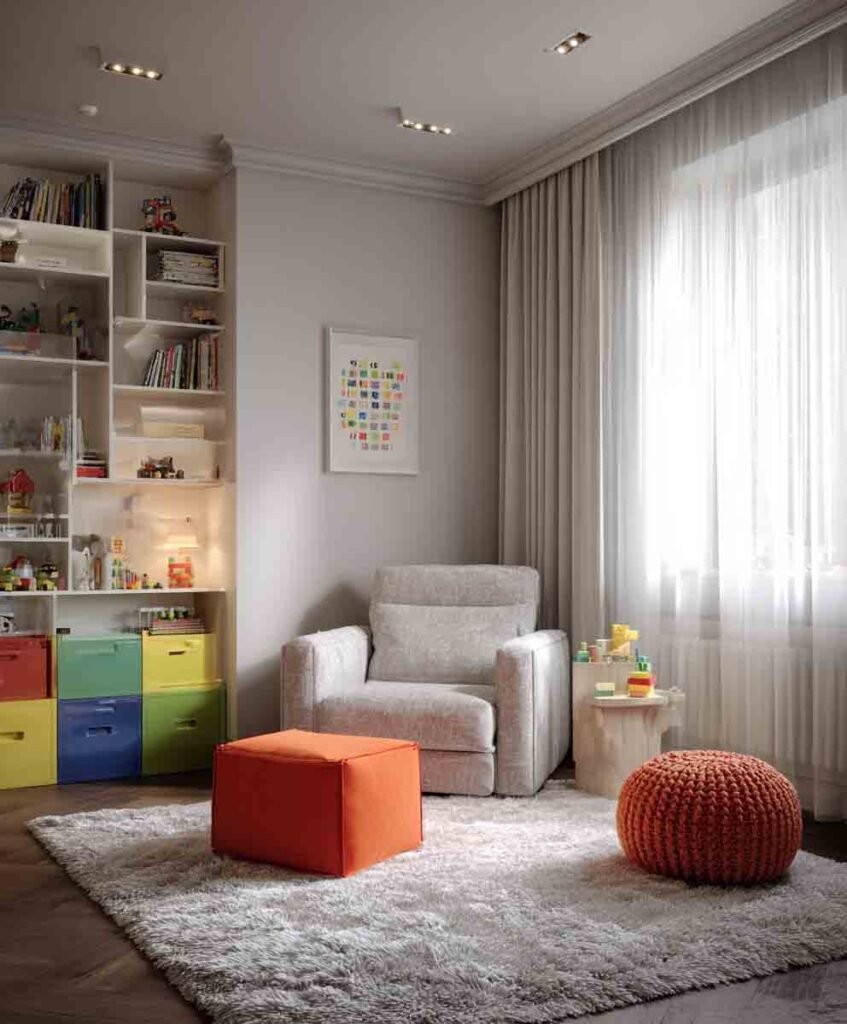
Gray in a kid’s room? Absolutely, especially if you go with a warm or soft gray. It’s like the blank canvas that makes everything else pop.
I once helped design a Lego-themed room with gray walls, and the colors of the toys looked amazing against it.
- Best for: Modern, gender-neutral rooms or shared spaces.
- Design tips:
- Pair with bold furniture or colorful decor for contrast.
- Add texture with rugs, wall decals, or DIY art.
- Mood impact: Creates a calming and grounding environment.
Insider Tip: Light gray ceilings can help make a small room feel taller.
7. Peach or Coral: A Happy Medium Between Pink and Orange
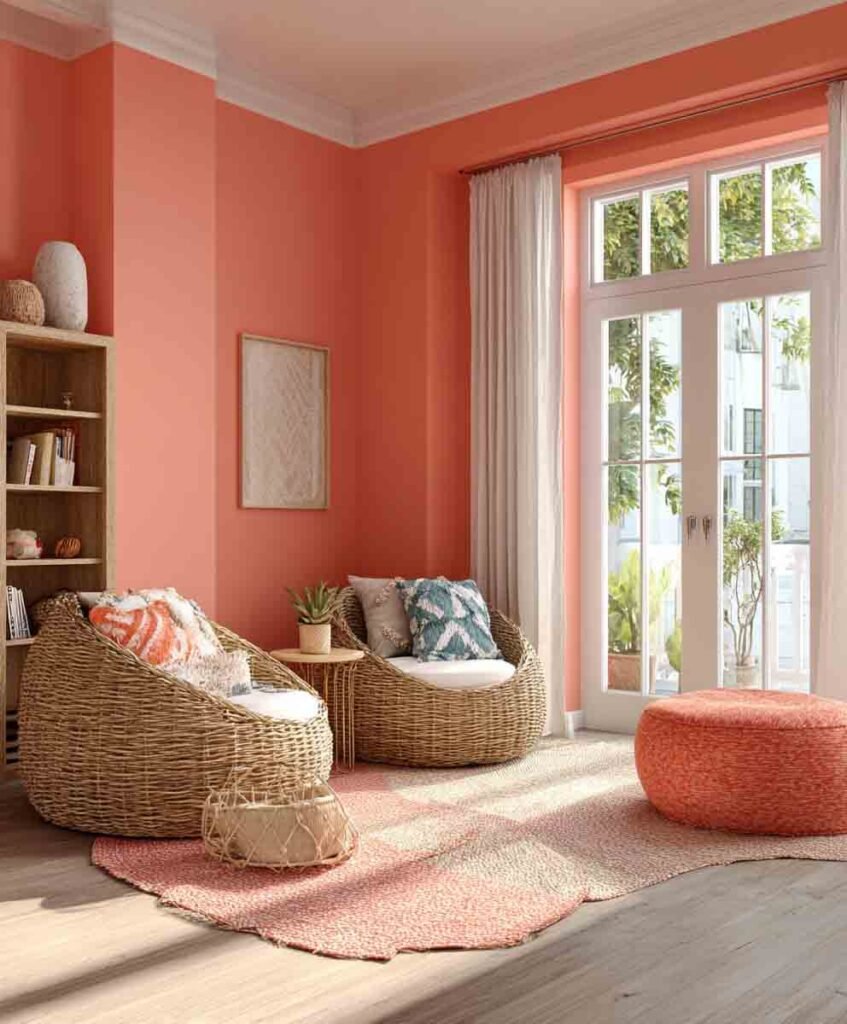
Peach is like pink’s more mature cousin. It still feels fun and young but brings in a bit more energy and warmth.
We painted a coral accent wall in our playroom and wow, it made everything feel more alive.
- Best for: Creative kids who love a vibrant space.
- Design tips:
- Use alongside natural textures like rattan or cane furniture.
- Add touches of white, mint, or even navy for balance.
- Mood impact: Encourages playfulness, joy, and self-expression.
Pro Styling Tip: Coral + teal = tropical fun without going full theme.
8. Aqua or Teal: Fun, Bold, and Totally Kid-Approved
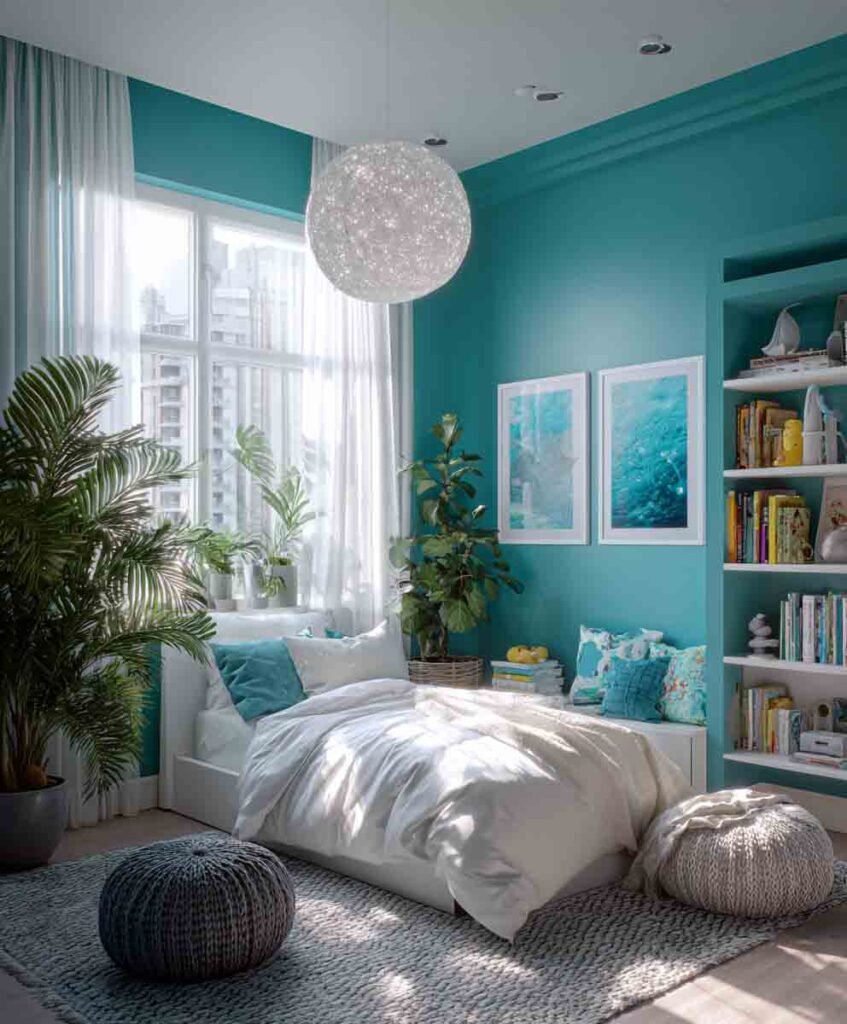
If your kid has a bold personality, aqua might be the way to go. It’s like a party color, but it still feels cool and grounded if done right.
I helped a friend turn her son’s space into an “under the sea” theme with a teal accent wall, he was obsessed.
- Best for: Older kids or themed rooms (ocean, jungle, or even superheroes).
- Design tips:
- Use white bedding and simple decor to tone it down.
- Add wood accents or plants for warmth.
- Mood impact: Brings in energy, imagination, and personality.
Note: Teal works well as an accent if you’re not ready to go all-in.
9. Off-White or Cream: The Perfect Neutral Base
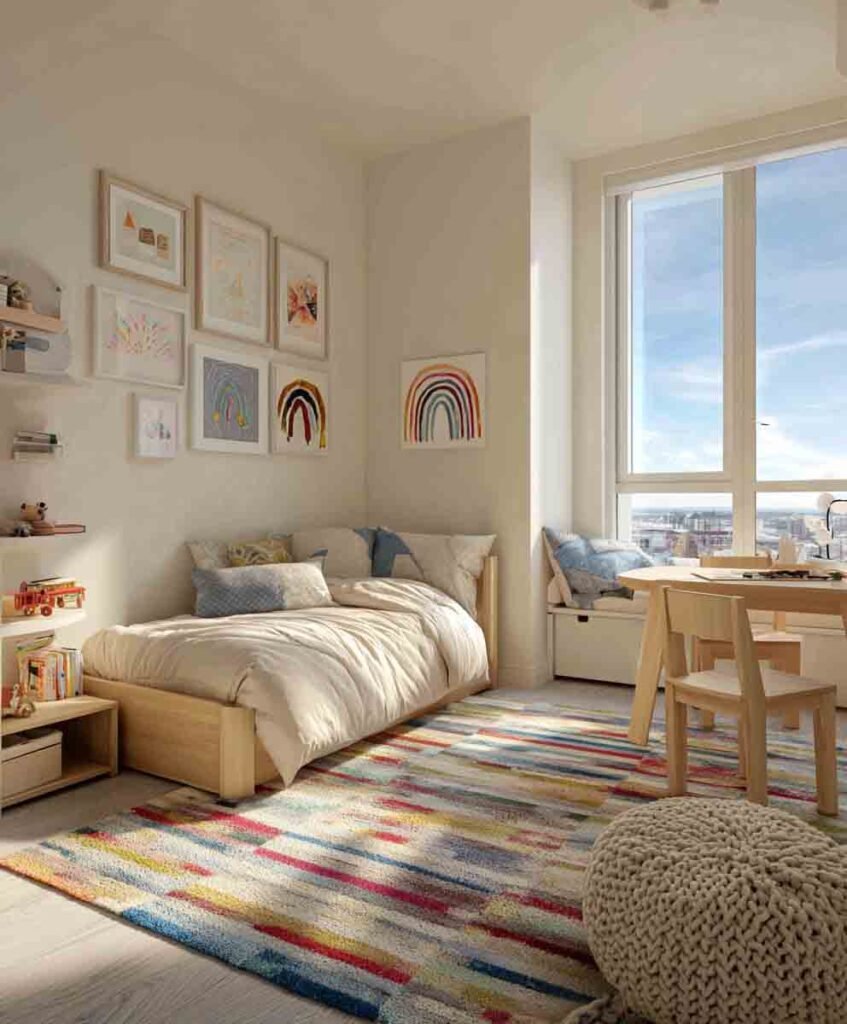
Don’t roll your eyes at white, it can be super versatile in a kid’s room. Especially if you’re the type to switch up themes or art regularly.
Creamy tones make the space feel soft and cozy. Plus, all their toys, books, and furniture will stand out better.
- Best for: Small rooms, growing kids, or parents who love flexibility.
- Design tips:
- Use colorful rugs, bedding, or curtains to bring personality.
- Hang rotating artwork or posters to keep it fun.
- Mood impact: Encourages calmness, openness, and clarity.
Pro Tip: Avoid stark, bright whites, they can feel too clinical or cold.
FAQ: Best Paint Colors for Kids’ Room
What’s the most calming color for a kid’s room?
Soft blues, lavenders, and gentle greens are incredibly calming. They help with sleep and create a peaceful atmosphere. Think spa vibes, but make it kid-friendly.
Are bold colors bad for kids’ rooms?
Not necessarily! Just use them strategically. A bold teal or coral can be amazing as an accent wall or within decor. Balance it out with neutrals.
Should I let my child pick the color?
Absolutely, but with guidance. Give them a few pre-approved swatches and let them feel like the boss. It’s a win-win, you stay in control, and they feel heard.
Is white paint practical in a kid’s room?
Totally, especially off-white or creamy tones. They’re flexible and grow with your child. Just opt for a washable paint finish to handle those inevitable marks.
What paint finish is best for kids’ rooms?
Go with satin or eggshell finishes. They’re durable enough for sticky fingers but not too shiny. For high-traffic areas like playrooms, semi-gloss is great too.
Final Thoughts: Let Their Personality Shine
Picking a color for your kid’s room isn’t just about trends, it’s about what makes your kid light up. Whether they’re dreamy, bold, quiet, or curious, there’s a color that captures their world.
The best part? Paint is reversible. So go ahead, make the choice that feels fun, cozy, and 100% them.
And hey, don’t forget to grab a few samples.


